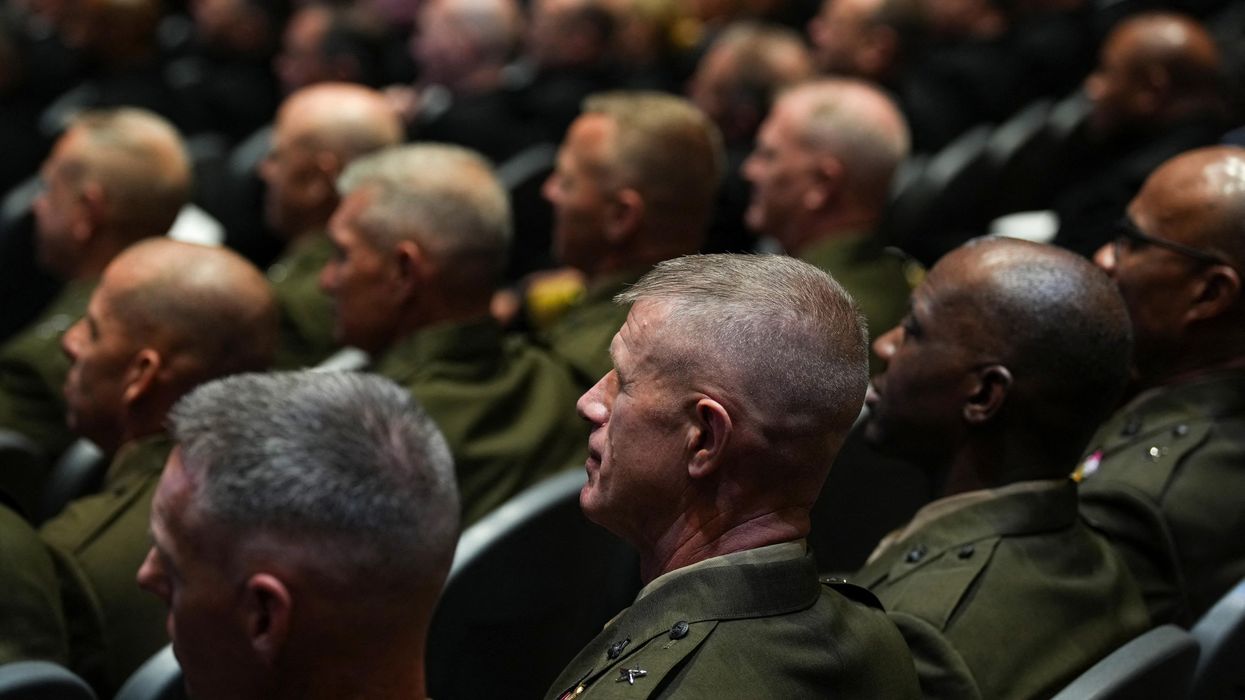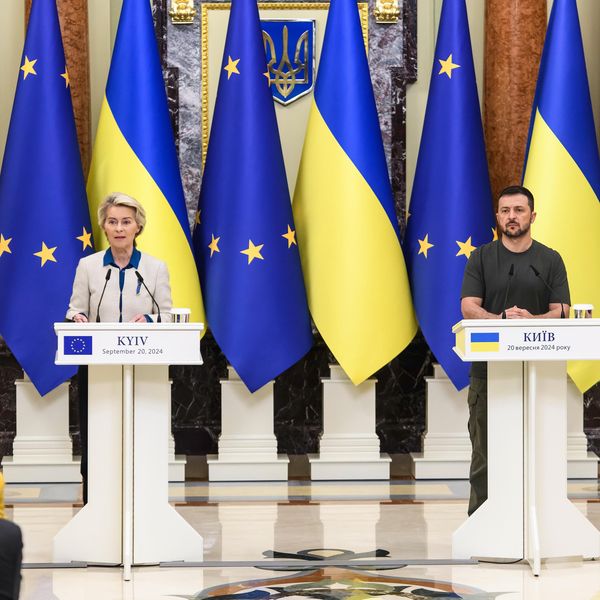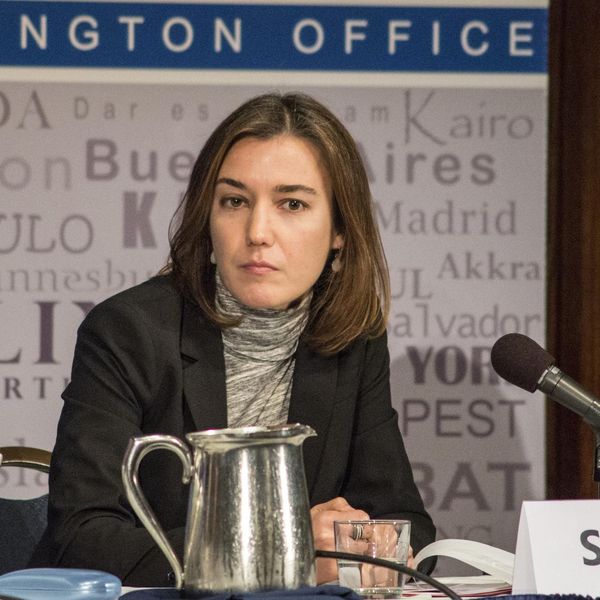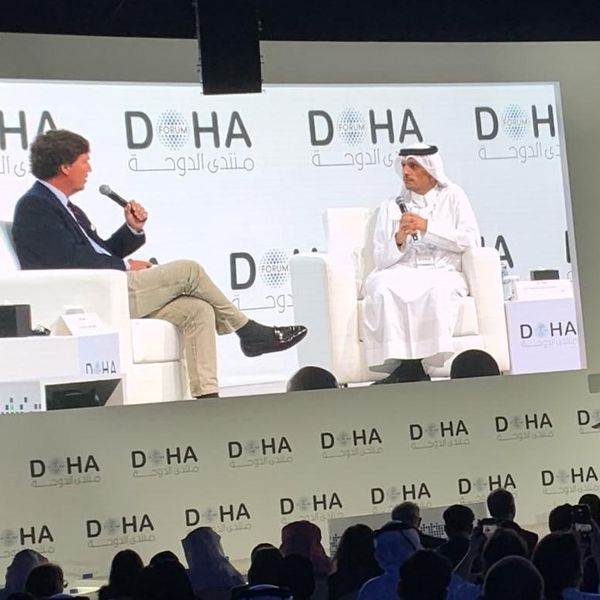It should not have come as a surprise that North Korea has rejected the recent U.S. offer to engage in talks “anytime, anywhere” on denuclearization. Pyongyang expressed no desire for “any meaningless contact with the U.S. … where they would lose precious time,” suggesting that the current U.S. position is insufficient for its security concerns to engage in negotiations.
President Biden’s proposed policy of using a calibrated, phased approach towards denuclearization of the Korean Peninsula to build on the 2018 Singapore Declaration, and the June 21 offer from Sung Kim, the special envoy to North Korea, to meet “anytime, anywhere without preconditions” are positive and stand a better chance of producing concrete results than demands that Pyongyang take steps toward denuclearization before talks commence. But the Biden administration’s actions and vague language are largely undercutting positive rhetoric in support of diplomacy.
If Biden is serious about trying to engage Pyongyang and rolling back its nuclear weapons program, he needs to find a way to signal more strongly that North Korea will benefit from that engagement.
The Biden administration should convey through more direct and stronger signals how the United States and North Korea can build on the 2018 Singapore Declaration in ways that benefit Pyongyang, like building a permanent peace on the peninsula and addressing North Korea’s dire economic situation.
For instance, Biden should make clear that partial sanctions relief for certain economic sectors will be on the table early in the negotiations in exchange for concrete actions from Pyongyang. Doing so can help set the right tone and direction of future diplomacy, improve the livelihood of the North Korean people, and be the first step in the longer road towards complete denuclearization.
Clearly signaling how North Korea will benefit from talks is particularly critical now. Recent actions by the Biden administration, like allowing South Korea free-rein with its ballistic missile program, pre-emptively undercut the U.S. policy to pursue negotiations with North Korea, which diminishes prospect of any talks.
Since North Korea is a security-seeking state, it perceives any increased capability of South Korea’s military, even if it is only perception, as a challenge to North Korea’s deterrence and regime. That’s why Pyongyang not only perceived this termination as antagonizing and a “stark reminder of the U.S. hostile policy,” but may also use it to disengage or increase its negotiating leverage later on.
North Korea has historically responded negatively to mixed signaling. Last March, Kim Yo Jong, North Korean leader Kim Jong Un’s younger sister, called South Korean President Moon Jae-in “illogical and brazen-faced” for lauding South Korea’s conventional forces advancement while calling for dialogue when North Korea conducted a missile test. It was not surprising that Pyongyang condemned the termination of the missile restrictions and used it to accuse the Biden administration of escalating tensions and engaging in “trickery.”
The end of the guidelines also has no clear benefits for South Korean efforts to counter North Korea.
Before the May 21 summit, Seoul was limited to developing ballistic missiles that had ranges under 800 kilometers with unlimited payload. Under these restrictions, South Korea could still target all of North Korea with its ballistic missile systems. Seoul and Washington revised the missile guidelines four times before the termination in response to Pyongyang’s missile advancements, military conflicts with North Korea, and advancing South Korea’s space program, among other factors.
As such, while eliminating the guidelines enjoyed political support in South Korea and it supports Seoul’s push for greater self-reliance in defense, it was not strategically timely or necessary for its security. South Korea also already has cruise missiles like Hyunmoo 3C with ranges of 1,500 km, so this termination only contributed to provoking Pyongyang which recently stated that it was “meant to spark off [an] arms race on the Korean peninsula and in its surrounding areas.”
At the current rate, Biden’s policy risks turning into President Obama’s “strategic patience” 2.0, whereby the United States continues to express support for diplomacy with North Korea but waits for Pyongyang to take the first concrete step toward talks. But North Korea’s nuclear program is like a malign tumor — waiting will only deepen the problem. During the Obama administration, Pyongyang had less than 10 nuclear weapons and limited ballistic missile capabilities. Today North Korea has a nuclear stockpile for approximately 40-50 nuclear weapons, has tested ballistic missiles capable of delivering a nuclear weapon to the United States, and outlined plans to develop new types of nuclear-capable missiles and smaller, tactical warheads.
The United States and its allies cannot afford to waste time. In order to advance his objective of denuclearizing the Korean Peninsula, Biden should promptly send a positive, diplomatic signal to Pyongyang privately or publicly about his willingness to discuss regional security concerns, sanctions relief, and the denuclearization of the Korean Peninsula. It could provide a more concrete picture of the Bidens campaign’s promised “alternative vision for a nonnuclear future to Kim,” where engagement between Pyongyang and Washington benefit both sides’ security.
Thus, while what it will take for Pyongyang to agree to negotiations is unclear, the Biden administration should signal that Washington is willing to place partial sanctions relief on the negotiating table early in the process. North Korea not only wanted this in the Trump-Kim negotiations, but Kim Jong Un himself also said earlier this year at the party congress that his country is facing an economic crisis.
Taking these steps can send a strong signal to Pyongyang about its seriousness in diplomacy, which was muddied by actions like the end of revised missile guidelines.
















